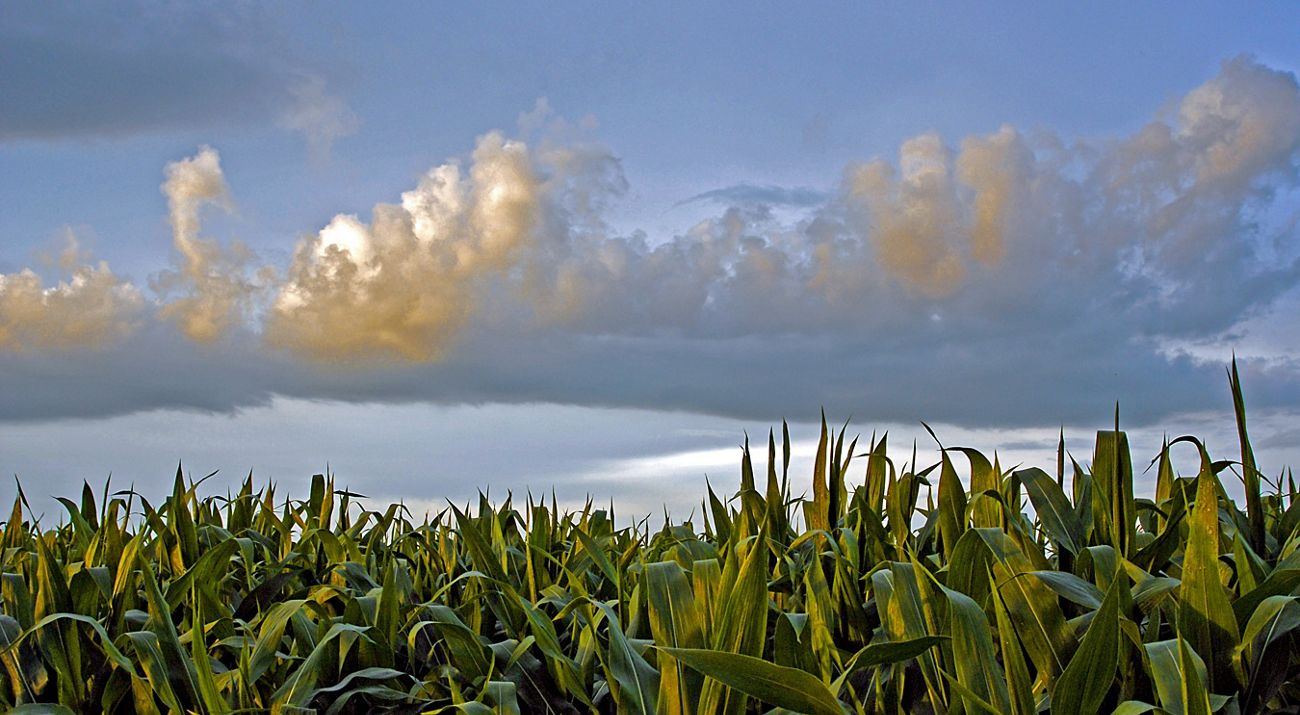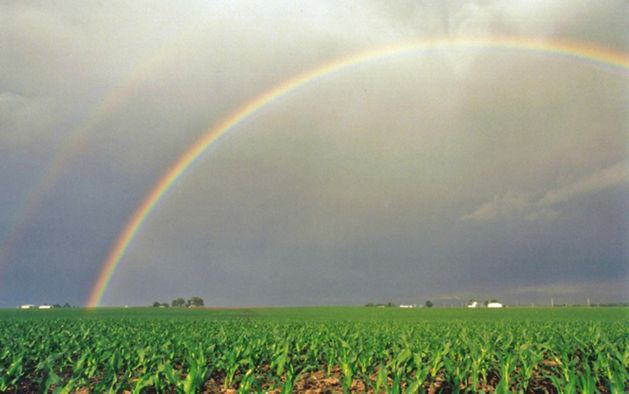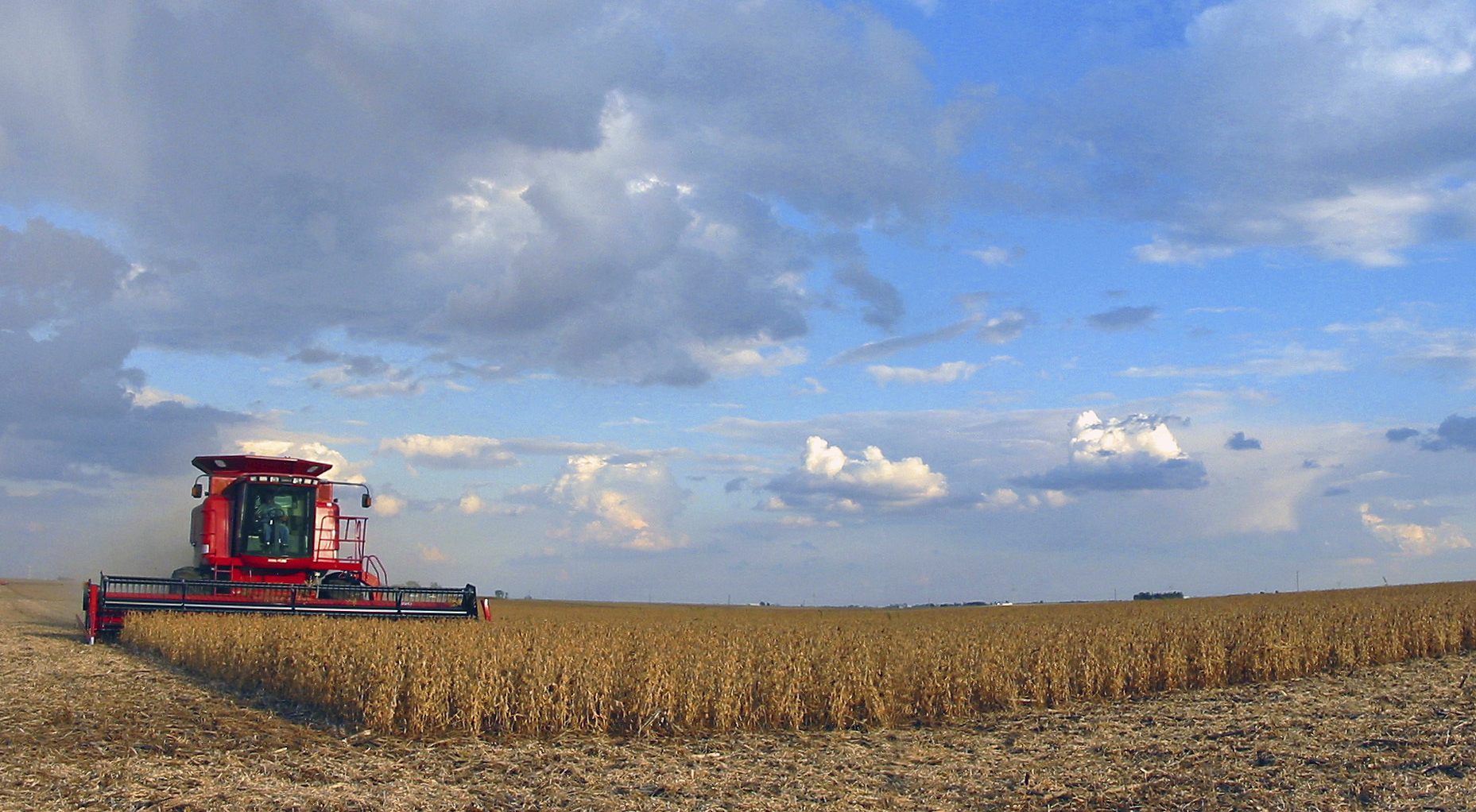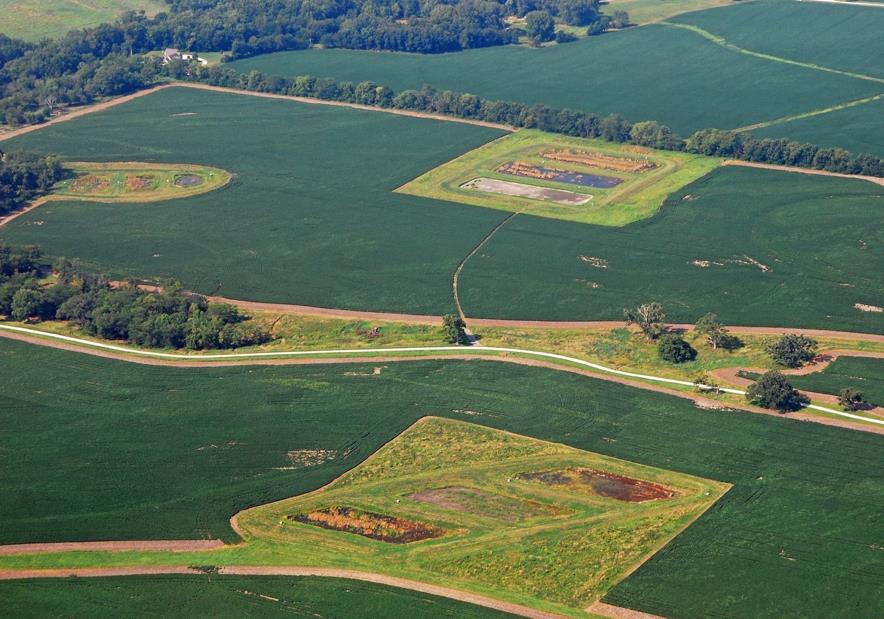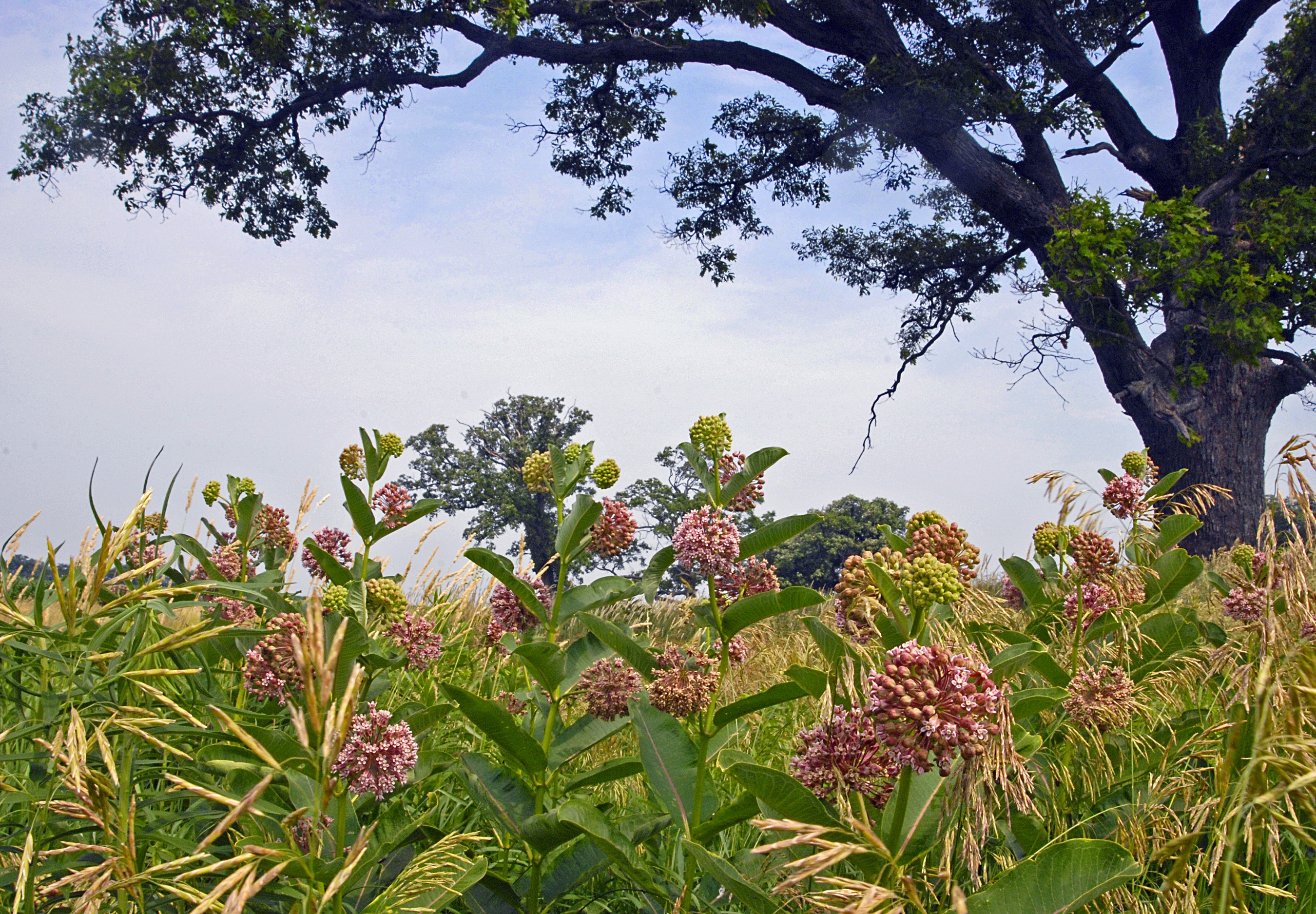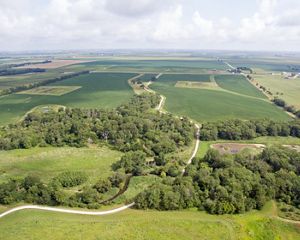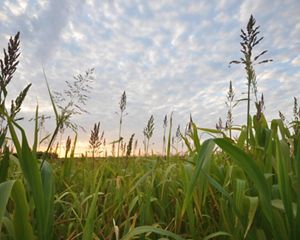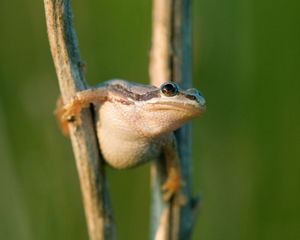Description
While the development and use of the lands near the Mackinaw River have taken a toll on water quality and wildlife habitat, the Mackinaw River still represents one of the state’s finest examples of a restorable watershed.
The Franklin Research and Demonstration Farm was established in 2004 to allow research on agricultural practices that benefit both farmers and conservation efforts. Through a 15+-year cooperative agreement between TNC and the Franklin family, 140 acres of their farm were transformed into a place where farmers and others can learn firsthand about cutting-edge agricultural practices that benefit nature.
With the help of other partners at the University of Illinois Champaign-Urbana (UIUC), the McLean County Soil and Water Conservation District (SWCD) and the McLean County Natural Resources Conservation Service (NRCS), the Franklin Research and Demonstration Farm now serves as a model for sustainable agriculture, innovative research and successful partnerships. It demonstrates firsthand how nature and agriculture can coexist to produce benefits for crop production, water quality and habitat preservation.
